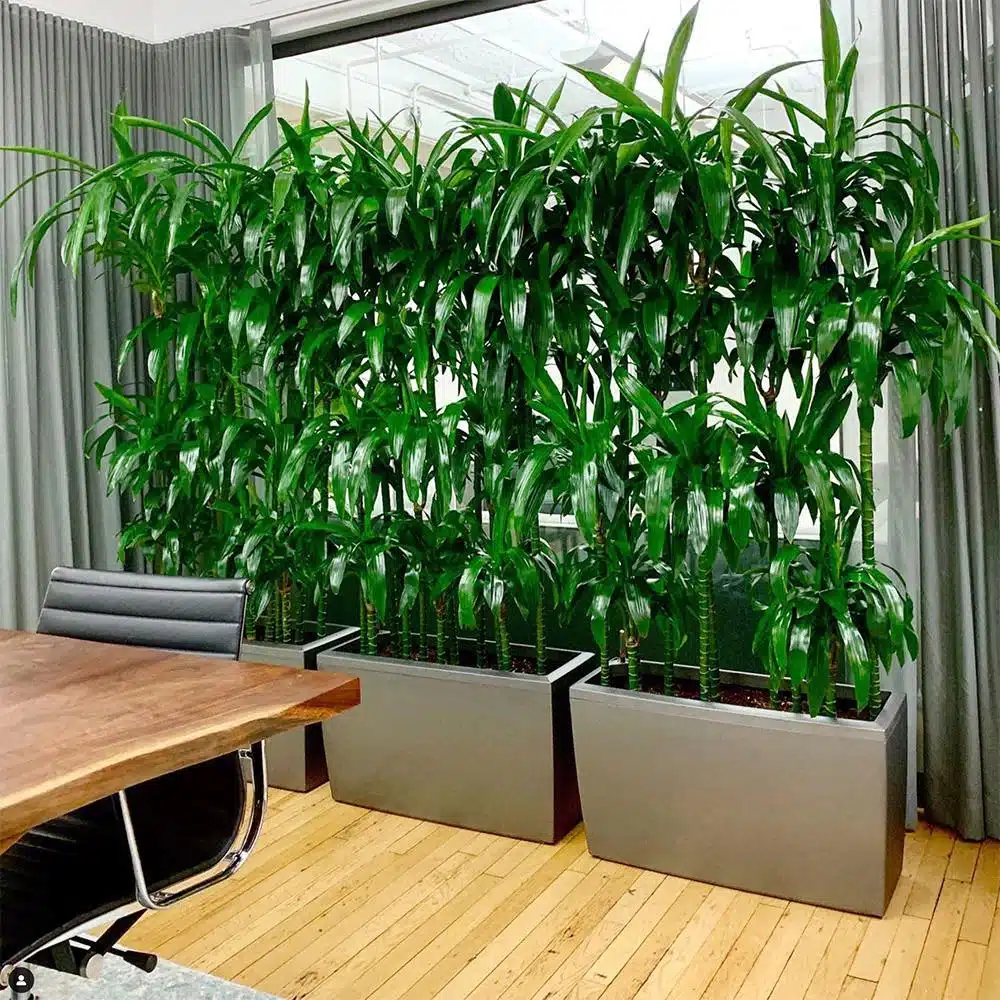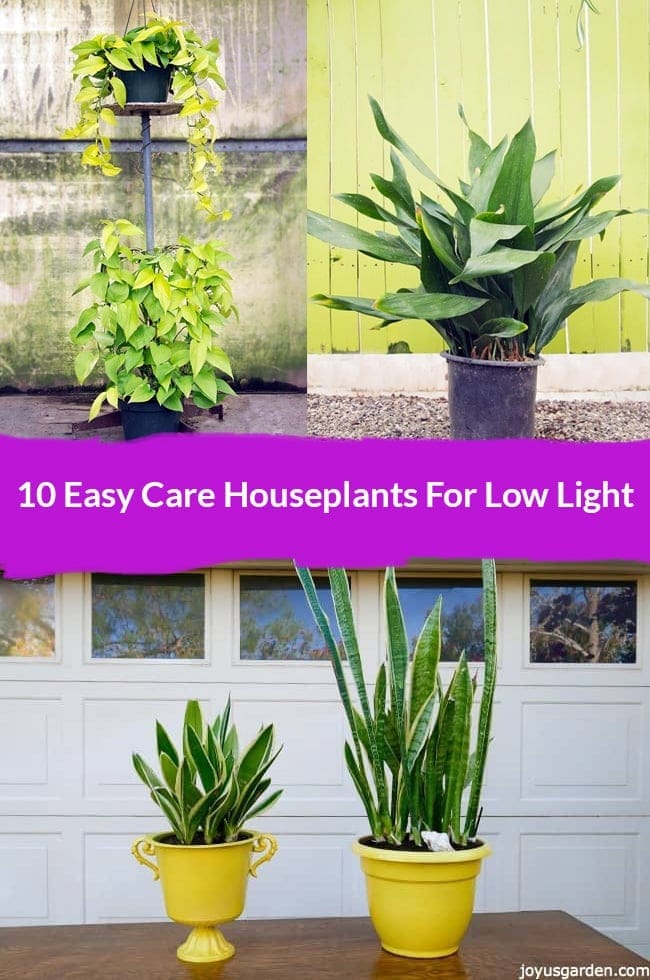Discover the Best Low-Light Indoor Plants for Your Home or Office Space
Discover the Best Low-Light Indoor Plants for Your Home or Office Space
Blog Article
Discover the Best Low-Light Indoor Plants for Enhancing Your Home Décor
Incorporating low-light indoor plants right into your home design can substantially enhance both aesthetic appeals and environment, particularly precede that do not have plentiful natural light. Ranges such as the Snake Plant and ZZ Plant not just bring life to dim corners yet likewise add to improved air quality and general well-being. Understanding the one-of-a-kind features and care needs of these plants can result in a more unified living environment. As we check out the leading options and their creative applications, one might wonder just how these selections can change your space right into a flourishing haven.

Why Pick Low-Light Plants
Why go with low-light plants in your interior spaces? The contemporary living atmosphere commonly provides difficulties such as minimal all-natural light, making it hard for standard houseplants to prosper. Low-light plants are especially adapted to prosper and make it through in these problems, providing a sensible service for people seeking to improve their interior spaces without the included stress of preserving extra light-demanding flora.
Along with their strength, low-light plants contribute dramatically to the appearances of a space. Their varied variety of shapes, dimensions, and shades permits unique interior decoration possibilities, creating inviting and dynamic ambiences. Interior plants are known for their air-purifying top qualities, boosting interior air top quality by launching and filtering system contaminants oxygen, which can boost total health.
Low-light plants additionally call for marginal upkeep, making them especially attracting hectic individuals or those new to gardening. Their adaptability permits placement in numerous settings, from workplace to dimly lit corners of the home. By choosing low-light plants, you can enjoy the benefits of plant without the restrictions that usually come with typical horticulture, eventually promoting a healthier and more aesthetically attractive indoor environment.
Leading Low-Light Indoor Plants
For those looking for to enhance their interior rooms with plant that flourishes in low-light conditions, numerous plant choices stick out for their durability and aesthetic allure. The Snake Plant (Sansevieria trifasciata) is a popular selection, understood for its upright, sword-like leaves and capacity to tolerate overlook. This durable plant can make it through in poorly lit locations while enhancing indoor air high quality.
An additional exceptional choice is the Pothos (Epipremnum aureum), characterized by its heart-shaped fallen leaves and trailing creeping plants. Pothos is not only versatile to reduced light but likewise provides a striking aesthetic contrast when positioned on shelves or hanging baskets.
The ZZ Plant (Zamioculcas zamiifolia) is similarly outstanding, boasting glossy, dark green leaves that can illuminate any type of edge. Its drought resistance makes it ideal for hectic property owners.
Treatment Tips for Low-Light Plants
How can you make sure that your low-light indoor plants prosper despite restricted sunshine? Pick the appropriate potting mix that supplies excellent drainage while keeping dampness. A well-aerated dirt, such as a blend of potting soil and perlite, can aid prevent origin rot.
Watering is critical; low-light plants typically call for less regular watering contrasted to their sun-loving equivalents. Constantly check the top inch of the soil-- if it really feels completely dry, it's time to water. Beware of overwatering, as this can lead to fungal problems and root decay.
Feeding low-light plants need to be done moderately - Best low-light indoor plants. Use a balanced, water-soluble fertilizer during the growing season, however minimize or get rid of fertilizing in the inactive months
In addition, dirt can accumulate on leaves, preventing photosynthesis. Delicately clean the leaves with a moist fabric to keep them clean.
Finally, observe your plants carefully. Signs of distress, such as yellowing fallen leaves or leggy development, can suggest that your plant needs modifications in care (Best low-light indoor plants). By following these care pointers, your low-light interior plants can grow, adding beauty and vitality to your home
Creative Ways to Present Plants
Boosting the visual charm of your indoor room can be attained by attentively showing your low-light plants in creative ways. Consider utilizing vertical room to your advantage; wall-mounted racks can display trailing plants like pothos or philodendron, adding lushness while saving flooring area. Make use of plant stands of differing heights to create aesthetic rate of interest and depth, attracting the eye upward.
Hanging planters are an additional superb choice, providing a significant impact when suspended from the ceiling or hooks. Macramé wall mounts can introduce appearance and bohemian style, while modern ceramic wall mounts can suit a minimal aesthetic. For an extra ingenious approach, repurpose special containers such as vintage teacups or glass containers, which can add character to your display.
Organizing plants in clusters is likewise effective; usage varying pot dimensions and colors to produce a natural look. This approach not only boosts visual effect yet likewise provides an all-natural habitat feel - Best low-light indoor plants. Finally, consider positioning plants near lights like lamps or home windows to optimize their growth and display their vibrant vegetation, hence enhancing the general ambiance of your indoor atmosphere.
Benefits of Indoor Greenery
Numerous research studies have demonstrated that including interior plant right into your space provides a wide variety of advantages, improving both physical and psychological wellness. One of the most significant advantages of interior plants is their capacity to boost air high quality. Plants take in co2 and release oxygen, producing a healthier atmosphere while also straining unsafe contaminants, hence promoting respiratory health.
Moreover, the visibility of greenery has been connected to reduced tension levels. Research indicates that interacting with plants can decrease cortisol levels, which are related to stress. this This relaxing impact can cause enhanced mood and increased performance, making indoor plants an optimal addition to work spaces.
Furthermore, indoor plant can enhance cognitive feature. Research studies recommend that atmospheres enriched with plants can bring about enhanced emphasis, imagination, and total mental clarity. The visual appeal of interior plants also adds to a more welcoming and pleasant atmosphere, positively influencing social communications and general satisfaction within a room.
Conclusion

Integrating low-light interior plants into your home decor can considerably boost both looks and atmosphere, especially in rooms that lack plentiful all-natural light. Varieties such as the Snake Plant and ZZ Plant not just bring life to lower corners however additionally contribute to improved air high quality and total wellness. Indoor plants are recognized for their air-purifying qualities, enhancing interior air top quality by filtering toxins and releasing oxygen, which can improve general health.
For those looking for to enhance their indoor spaces with greenery that flourishes in low-light problems, a number of plant alternatives stand out for their resilience and aesthetic click now charm. These resilient plants, such as the Snake Plant and ZZ Plant, flourish in dim problems and need marginal upkeep, making them ideal for numerous lifestyles.
Report this page